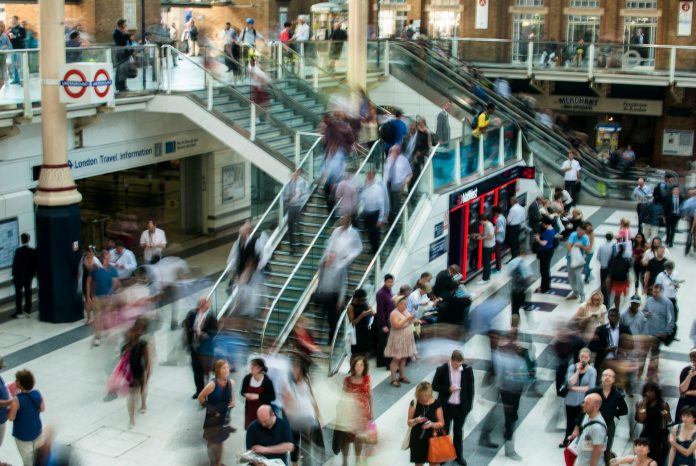The retail industry is undergoing rapid changes driven by technological advancements, shifting consumer behaviors, and the impact of global events. This blog will explore the trends shaping the future of retail and the transformations retailers need to embrace to stay competitive in the evolving landscape.
1. Rise of E-Commerce
- Online Shopping: The growth of e-commerce has accelerated, with more consumers opting to shop online for convenience and safety.
- Mobile Commerce: Mobile devices have become a primary shopping tool, leading retailers to optimize their websites and apps for mobile users.
- Personalization: E-commerce platforms are leveraging data and AI to personalize the shopping experience, recommending products based on past behavior and preferences.
2. Omnichannel Retailing
- Integration of Online and Offline Channels: Retailers are integrating their online and offline channels to provide a seamless shopping experience across all touchpoints.
- Click-and-Collect: Retailers are offering click-and-collect services, allowing customers to order online and pick up their purchases in-store or through drive-thru services.
- Virtual Try-On: Virtual try-on technology is gaining popularity, allowing customers to try on products virtually before making a purchase.
3. Sustainability and Ethical Consumption
- Green Practices: Consumers are increasingly prioritizing sustainability, leading retailers to adopt eco-friendly practices such as reducing packaging waste and using recycled materials.
- Ethical Sourcing: Consumers are demanding transparency in the sourcing of products, leading retailers to ensure ethical practices in their supply chains.
4. Technology Integration
- Augmented Reality (AR) and Virtual Reality (VR): AR and VR technologies are being used to enhance the shopping experience, allowing customers to visualize products in their own space.
- Artificial Intelligence (AI): AI is being used to personalize marketing messages, optimize pricing strategies, and improve customer service through chatbots.
5. Changing Consumer Behavior
- Shift to Digital Payments: The adoption of digital payment methods, such as mobile wallets and contactless payments, has accelerated, driven by the need for convenience and hygiene.
- Focus on Health and Wellness: The pandemic has heightened awareness of health and wellness, leading consumers to prioritize products and services that promote well-being.























